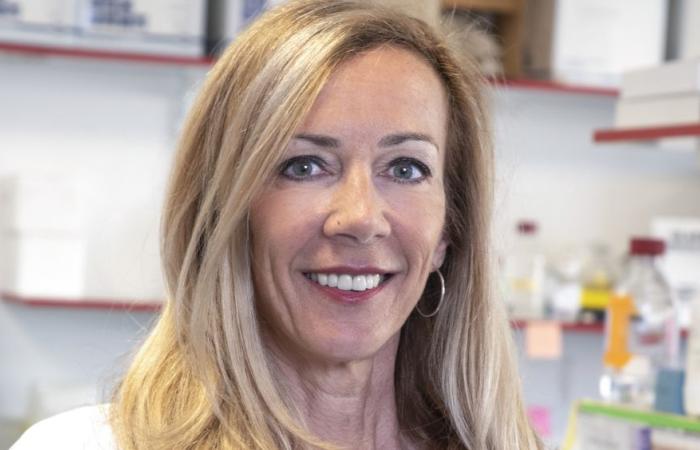Our file:
You are research director at the CNRS, in partnership with the myology institute created by the AFM-Téléthon for many years. What does your job involve?
There are around ten of us in the team: doctoral students, design and research engineers and researchers. We are working on theevolution of muscle throughout life and in a pathological context, in order to develop a pharmacological approach to help people with muscle degenerationas is the case with myopathes.
If we manage to combine pharmacology with gene therapywe will have more effective, faster and better maintained treatments. Even if, for the moment, gene therapy is not yet effective enough to be combined and therefore optimize treatments.
“What one discovers can and will be useful to others”
However, you are rather optimistic about the progress of research…
Yes. We can’t cure it yet, it’s true, but we are finding ways to improve the muscle drastically so that gene therapy is more effective. Progress is being made every day, and we see this, for example, in new treatments to counteract Duchenne muscular dystrophy. The new drug is still being tested and needs improvement, but we are already seeing huge differences in the patients who take it and see their quality of life change sometimes completely, as is the case with the small Sacha, who is one of our ambassadors this year.
The other good news is that all the research allows us to move forward in parallel on other diseases: what one discovers can and will be useful to others. It is important to explain this to families.
Health






